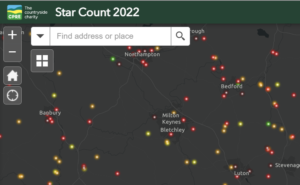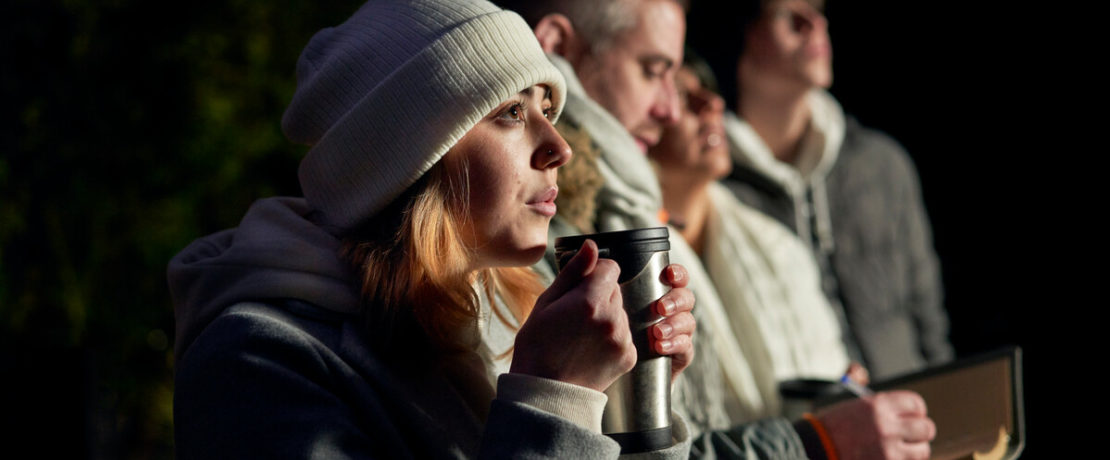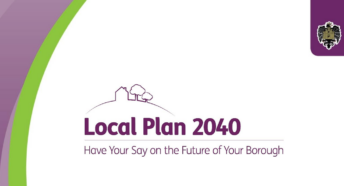How dark are Bedfordshire’s skies?
CPRE’s Star Count is the country’s biggest citizen science project of its kind.
Between 26 February and 6 March this year we asked you to report the number of stars you could see in the Orion constellation – the one with the three stars in a line.
Looking at the national data, CPRE found that severe light pollution, defined as being able to see 10 or fewer stars with the naked eye, has continued to fall. After peaking in 2020, when 61% of participants reported seeing 10 stars or fewer, severe light pollution fell to 51% in 2021 and continued its slide this year, to 49%.
In Bedfordshire 41% of respondents reported that they could see 10 or fewer stars, this is a significant improvement on the 2021 results where 71% of respondents reported that they could see 10 or fewer stars. However, in both 2021 and 2022 no-one reported being able to see more than 30 stars, the sign of truly dark skies.
The Bedfordshire results in full
0>5 stars – 8.8% (20% in 2021)
6>10 stars – 32.4% (51.1% in 2021)
11>15 stars – 44.1% (17.8% in 2021)
16>20 stars – 8.8% (2.2 % in 2021)
21>25 stars – 5.9% (8.9% in 2021)
26>30 stars – 0 (0 in 2021)
>30 stars – 0 (0 in 2021)

Read more about this year’s Star Count results and explore the interactive maps.
What does CPRE think is happening?
The results suggest severe light pollution is continuing to fall since its 2020 peak.
The ‘lockdown legacy’ of working from home and rising energy prices has created an opportunity to permanently improve our view of the night sky. Office-based organisations switching to permanent home working, coupled with employers’ desire to reduce electricity bills, appear to have led to fewer lights being left on overnight. This, alongside households being more conscious about wasting energy and councils reducing street lighting and switching to better lighting design, are believed to be behind the continued reduction in light pollution.
The good news is that we can all help continue that legacy by turning off garden lights when not in use, and encouraging local councils and businesses to dim street lights and reduce office lighting left on overnight. Not only does that reduce carbon emissions and cut energy bills but it improves the natural environment for wildlife and us humans.








